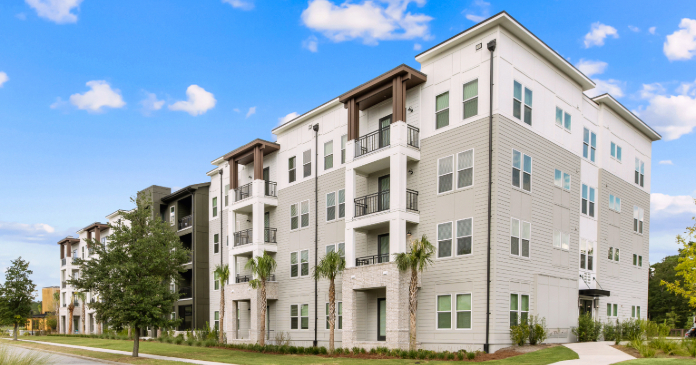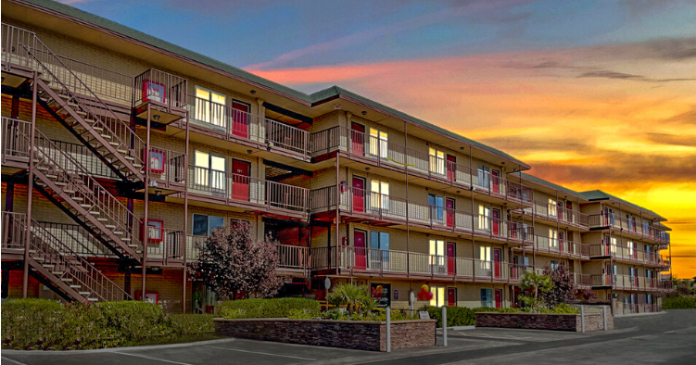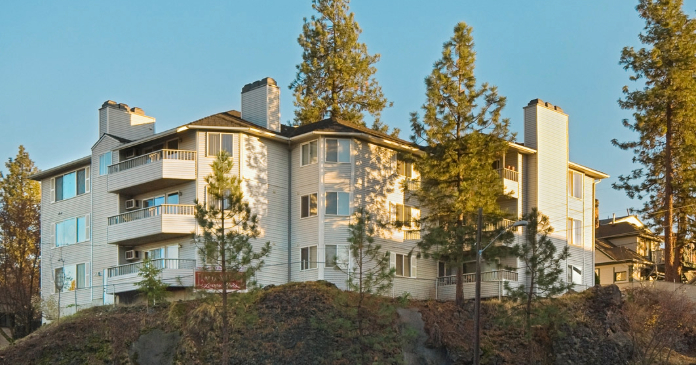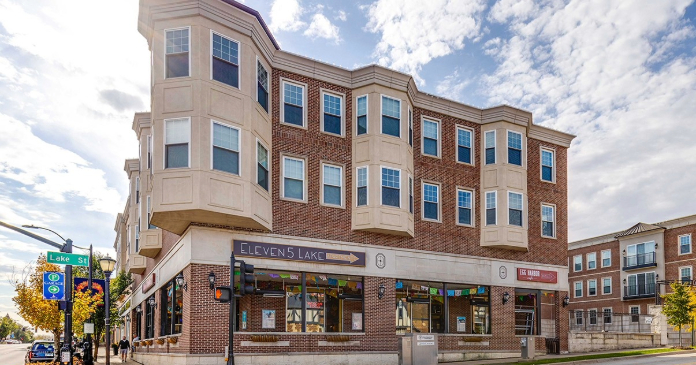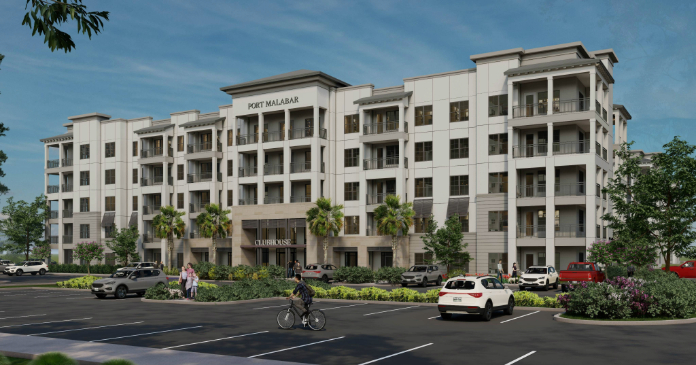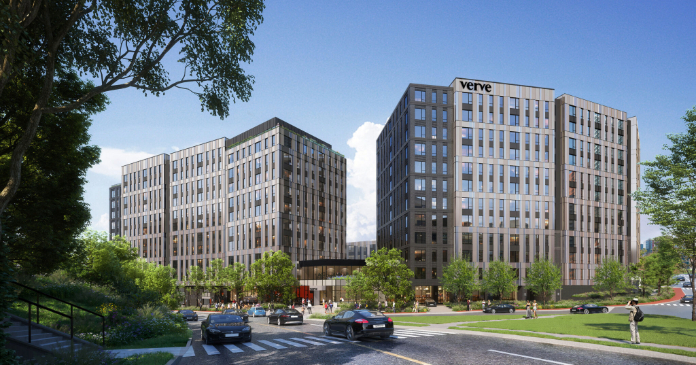Confidence in the market for new multifamily housing weakened in the first quarter of 2019, according to results from the Multifamily Market Survey (MMS) released by the National Association of Home Builders (NAHB). The MMS produces two separate indices. The Multifamily Production Index (MPI) dropped seven points to 40 compared to the previous quarter, which is the lowest reading since the third quarter of 2010. Meanwhile, the Multifamily Vacancy Index (MVI) rose three points to 48, with higher numbers indicating more vacancies.
The MPI measures builder and developer sentiment about current conditions in the apartment and condo market on a scale of 0 to 100. The index and all of its components are scaled so that a number below 50 indicates that more respondents report conditions are getting worse than report conditions are improving.
The MPI is a weighted average of three key elements of the multifamily housing market: construction of low-rent units—apartments that are supported by low-income tax credits or other government subsidy programs; market-rate rental units—apartments that are built to be rented at the price the market will hold; and for-sale units—condominiums. All three components were below 50 in the first quarter: The component measuring low-rent units fell one point to 47, the component measuring market rate rental units decreased seven points to 42 and the component measuring for-sale units dropped 13 points to 31.
The MVI measures the multifamily housing industry’s perception of vacancies in existing apartments. It is a weighted average of current occupancy indexes for class A, B, and C multifamily units, and can vary from 0 to 100, where a number under 50 indicates more property managers believe vacancies are decreasing rather than increasing. With a reading of 48, this is the highest reading since the first quarter of 2010.
“Builders and developers are being cautious to see what happens with projects that were recently completed,” Gary Campbell, CEO of Gilbert G. Campbell Real Estate in Lowell, Mass., and chairman of NAHB’s Multifamily Council. “However, we’re seeing that developers are reasonably optimistic about what’s ahead for units on the affordable end of the spectrum.”
“The recent weakness in the MPI is consistent with our forecast for 2019,” said NAHB Chief Economist Robert Dietz. “Multifamily housing starts experienced a gain in 2018. Even after a slight decline for starts in the first quarter of 2019, permit growth is occurring, and production should level off moving forward. The market remains dominated by rental production, with a 94 percent share at the start of 2019.”
Historically, the MPI and MVI have performed well as leading indicators of U.S. Census figures for multifamily starts and vacancy rates, providing information on likely movement in the Census figures one to three quarters in advance.
For data tables on the MPI and MVI, visit www.nahb.org/mms.
About NAHB
The National Association of Home Builders is a Washington-based trade association representing more than 140,000 members involved in home building, remodeling, multifamily construction, property management, subcontracting, design, housing finance, building product manufacturing and other aspects of residential and light commercial construction. NAHB is affiliated with 700 state and local home builders associations around the country. NAHB’s builder members will construct about 80 percent of the new housing units projected for this year.




